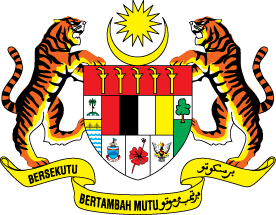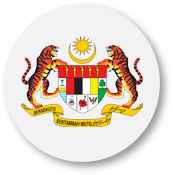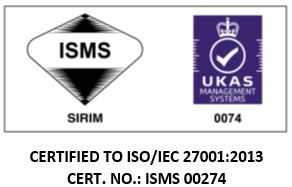In 2008, exports were at RM663.5 billion, imports RM521.6 billion and trade balance RM141.9 billion.
Minister of International Trade and Industry, Datuk Seri Mustapa Mohamed, said exports were affected by the lower prices in 2009 namely, crude palm oil, which declined in 2009 by more than US$100 per tonne and crude petroleum, which fell to around US$62 per barrel.
"Malaysia's exports for 2009, which showed signs of recovery, contracted by only 16.6 per cent from the preceding year compared to the earlier forecast of 20 per cent," he told a media briefing on the country's trade performance here on Friday.
Mustapa said this was led primarily by the recovery in the electrical and electronic (E&E) sector, which accounted for 41.2 per cent of Malaysia's total exports, with the high-value semiconductor devices contributing the most.
He said the growth in exports to Asia last year exceeded that to traditional markets of the European Union and North America.
Malaysia's exports were now on upward trend and December 2009's was the highest for the year at RM55 billion, he said.
Mustapa said this was an increase of 9.2 per cent from November 2009 and a rise of 18.7 per cent from December 2008.
"Malaysia's exports will continue the path of recovery in 2010 and are projected to increase by 3.5 per cent, which is achievable.
"It was due partly to improved E&E sector, higher prices such as for petroleum and better world economy growth.
"The world economy growth has been revised to three per cent and we are also looking at China and India as our export markets, and they have been having good growth," he said.
As for the E&E sector, he said, the Semiconductor Industry Association has forecast global semiconductor sales to grow by 10.2 per cent while IC Insights, a semiconductor market research firm, has predicted the industry's growth would push up the average selling price by 9-10 per cent this year.
"The Malaysian American Electronics Industry also expects a turnaround in the global E&E industry by 2010 with demand picking up in personal computers, disc storage systems and mobile phones," he said.
However, Mustapa said, there were several uncertainties that could hinder this outlook such as the withdrawal of stimulus packages by various countries that could affect global economic recovery, China's tightening of monetary policy, the ringgit's appreciation which may hurt Malaysia's competitiveness and unemployment in developed countries.
He said Malaysia's exports to China doubled to 12.25 per cent in 2009 from 6.56 per cent in 2005 despite the decline in exports last year was pervasive,
Mustapa said if exports to Hong Kong were combined with that of China, then China would have become Malaysia's largest export destination accounting for 17.4 per cent of the total exports.
Malaysia's top five export markets at present included Singapore, China, US Japan and Thailand, he said.
"Growing exports to new and emerging markets expanded to 36.7 per cent in 2009 from 18.1 per cent in 2000, and they are important new sources of export growth," he said.
He said more exporters were utilising the free trade agreement (FTA) preferential access in 2009, the most being the Asean FTA.
On the government's strategy to sustain exports growth, Mustapa said the ministry would be talking to Turkey and the Gulf Cooperation Council countries on FTA.
This would be in addition to the current talks Malaysia is having at the moment with India, Chile and Australia, he said.
On the Trans-Pacific Strategic Economic Partnership Agreement, he said, Malaysia was interested, "subject to certain parameters which would be defined in the next few weeks".
-- BERNAMA
Last Updated 2015-05-14 12:01:30 by admin2













 Home
Home






























